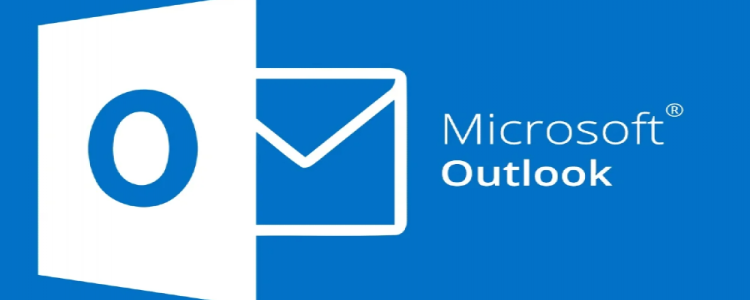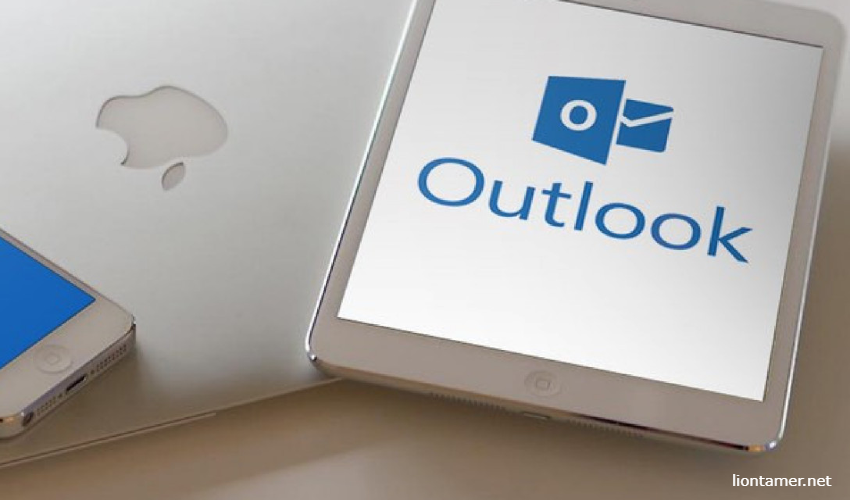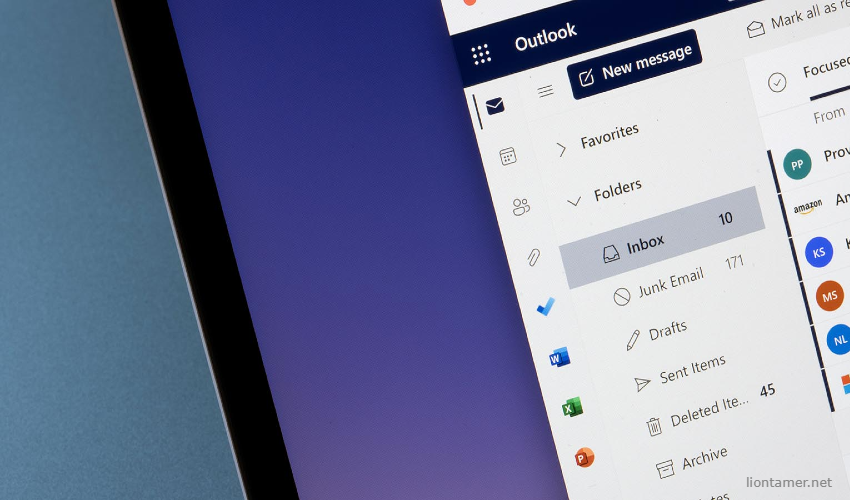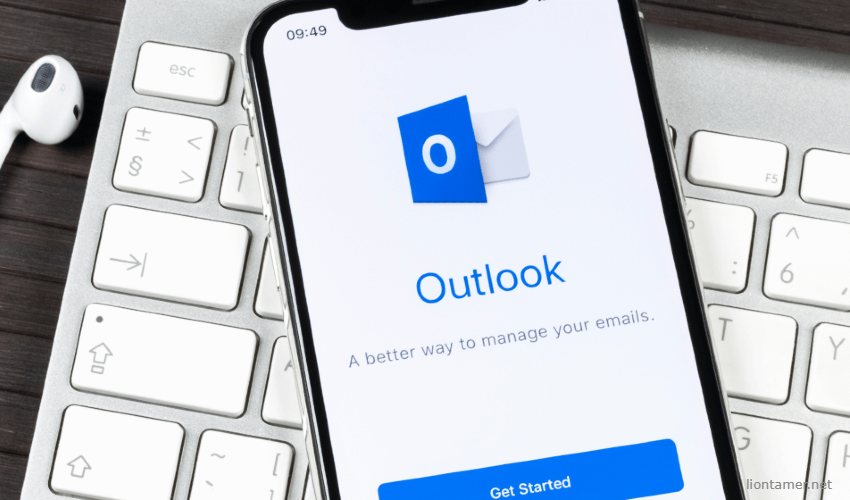Master the Art of Email Recall in Outlook: A Comprehensive Guide

We've all been there – you hit the Send button on an important email only to realize moments later that you've made an embarrassing typo or accidentally sent the message to the wrong person. What do you do now? If you're using Microsoft Outlook, there's a feature that can come to your rescue – Email Recall. In this comprehensive guide, we'll walk you through the steps to recall an email in Outlook successfully.
Before we dive into the process, it's essential to understand some limitations and prerequisites for recalling an email in Outlook:
- Both the sender and recipient must have an Exchange server email account and use Outlook as their email client.
- The recipient must not have read the email yet.
- The original email must not be moved from the recipient's Inbox.
- You cannot recall a message sent to a public folder or group email address.
- With these restrictions in mind, let's explore different methods for recalling an email in Outlook.

Method 1: Recalling an Email from Outlook Desktop App
If you're using the Outlook desktop app on Windows or macOS, follow these simple steps:
1. Go to your Sent Items folder and find the email you want to recall.
2. Double-click it to open it in a new window.
On the Message tab at the top, click Actions (located in the Move group) and select Recall this message from the drop-down menu.
4. A new window opens with two choices:
- Remove unread duplicates of this email
- Remove unread duplicates and replace them with a new letter
5. Select your desired option and check "Tell me if recall succeeds or fails for each recipient" if you want confirmation for each individual recall attempt.
6. Click OK.
If you chose "Delete unread copies and replace with a new message," compose your new message, then click Send.

Method 2: Recalling an Email from Outlook Web App (OWA)
If you're using Outlook on the web, here's how to recall an email:
1. Navigate to your Sent Items folder and find the email that you want to recall.
2. Right-click on the email and select Open in a new window.
3. In the new window, click on the ellipsis (…) icon in the top-right corner, then click on Recall this message.
4. You'll be presented with two options:
- Delete unread copies of this message
- Delete unread copies and replace them with a new message
5. Choose your desired option and click OK.
If you selected "Delete unread copies and replace with a new message," create your new letter, then click Send.

Method 3: Recalling an Email from Outlook Mobile App
Unfortunately, as of now, there is no in-built feature to recall an email directly from Outlook's mobile app for iOS or Android. However, you can access Outlook on the web using your mobile device's browser and follow the steps mentioned in Method 2.
Tips for Successful Email Recall in Outlook
Here are some tips that can increase your chances of successfully recalling an email:
1. Act quickly: The sooner you attempt to recall an email, the higher your chances are of success before the recipient reads it or moves it from their Inbox.
2. Use Rules: You can create rules in Outlook that delay sending emails by a few minutes. This gives you some buffer time to realize any mistakes and recall messages before they're sent out.
3. Compose carefully: Before hitting send, take a moment to double-check your content, recipients list, and attachments – it's always better to prevent mistakes than trying to fix them later.
In conclusion, while recalling an email in Outlook may not be foolproof or available under all circumstances, it's undoubtedly a useful tool to have at your disposal. With this guide, you can quickly recall an email and save yourself from potential embarrassment or miscommunication.






